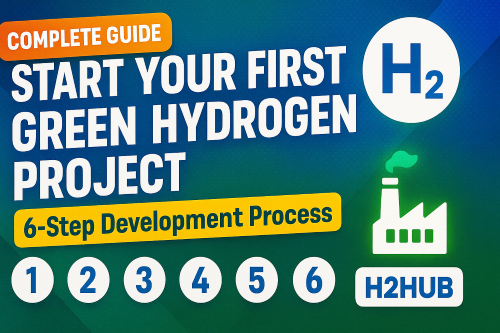Predictive maintenance for wind turbines using machine learning algorithms
- switchingtosolarpv
- Jan 4, 2023
- 3 min read
Maintenance for wind turbines using machine learning algorithms is a process of using machines to learn from data and make predictions about future events. The goal of predictive maintenance is to prevent equipment failures by anticipating when they are likely to occur. By identifying potential problems before they occur, organizations can avoid the costly downtime and lost production that results from unplanned repairs.
Machine learning algorithms are well suited for predictive maintenance because they can automatically learn from data and make reliable predictions about future events. In this blog post, we will explore how predictive maintenance can be used for wind turbines, and why machine learning is an effective tool for this application.
What is predictive maintenance and how can it benefit wind turbines specifically?
It uses Advanced Diagnostics with AI-driven analytics, condition monitoring, and system health checks for predictive analysis. This creates an opportunity to plan in advance, preventing equipment outages and costly repairs.
With wind turbines specifically, predictive maintenance yields benefits such as more efficient operating time, improved safety, and overall extended turbine life. Not only does predictive maintenance improve performance, it also provides the owner/operator with detailed insight into how the machines are performing which can help them proactively plan any corrective actions they might need to take. As a result of all of this, predictive maintenance can lead to significant savings in terms of both time and money.
How do machine learning algorithms work and what types are there?
Machine learning algorithms are an integral part of how computers detect and process data today. With these algorithms, computers can learn to recognize patterns, classify items, and make accurate predictions without being explicitly programmed.
They are created using different kinds of arithmetic that allow the computer to gradually improve its accuracy. There are several main types of machine learning, such as supervised learning where data is labeled for classification tasks and unsupervised learning which organizes unlabeled data into groups.
Other types include reinforcement learning, where computers can self-learn from rewards or punishments and deep learning, which allow machines to handle more complex information such as natural language by using feed-forward neural networks. Each type offers unique benefits for specific kinds of tasks, but all play a key role in helping machines become increasingly intelligent.
How can predictive maintenance be used in conjunction with machine learning algorithms to improve performance of wind turbines overall ?
Predictive maintenance is a great tool that can be used in combination with machine learning algorithms to improve the performance of wind turbines. This technique enables engineers and technicians to identify any issue before it becomes a problem, thus minimizing downtime, repair costs, and increase energy production.
Machine learning algorithms provide an efficient way to analyse large amounts of data from sensors on the turbines, increasing accuracy when detecting or predicting problems. With this combination of technology, predictive maintenance can detect any possible malfunctions in wind turbines; identify weak components which may fail soon; measure degradation and diagnose causes of potential system breakdowns; and optimize operations for greater energy efficiency.
By utilizing predictive maintenance techniques and machine learning algorithms together, wind turbine owners can increase their productivity and profits through improved overall performance and minimization of unplanned failures.
Are there any potential drawbacks to using predictive maintenance for wind turbines that should be considered ?
Predictive maintenance can be an incredibly effective tool for companies that maintain wind turbines, as it allows them to spot problems before they become critical issues. However, caution should be taken when using predictive maintenance for wind turbines, as it can create a false sense of security if not conducted properly.
For instance, if a predictive maintenance system does not factor in environmental conditions and other outside variables, then the results could lead to inaccurate diagnoses and could prevent proper maintenance. Moreover, the cost of utilizing predictive maintenance systems can often be quite high and prohibitive for many small and medium-sized companies that still rely on manual inspections.
It is no doubt important to weigh the potential risks against the benefits of using predictive maintenance systems with wind turbines before deciding whether or not to utilize them regularly.
In conclusion, predictive maintenance has the potential to be a very beneficial tool for wind turbines specifically and can help improve performance overall when used in conjunction with machine learning algorithms. However, there are also some potential drawbacks that should be considered before implementing such a system.



Comments